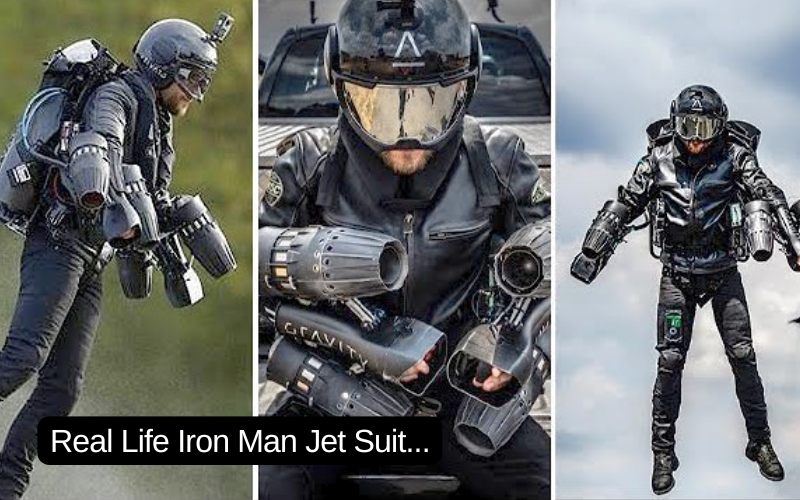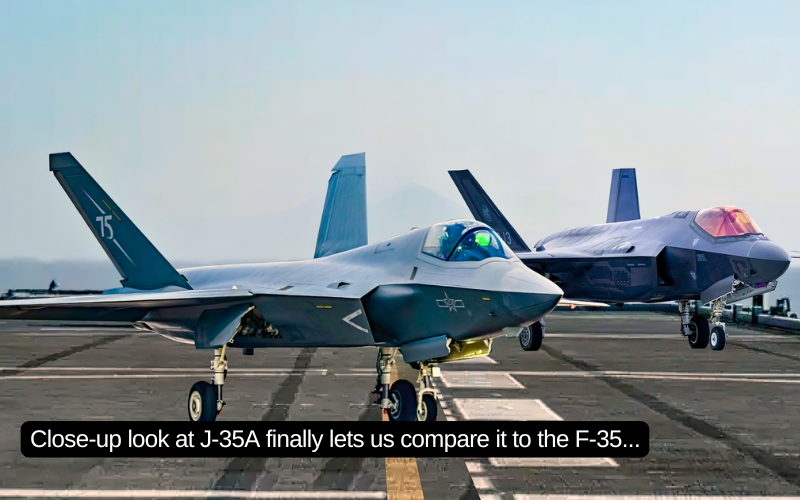At its launch in 1962, the CH-47 Chinook was considered the fastest traditional helicopter in the world, and to date, it is still one of the fastest helicopters in the US Inventory.
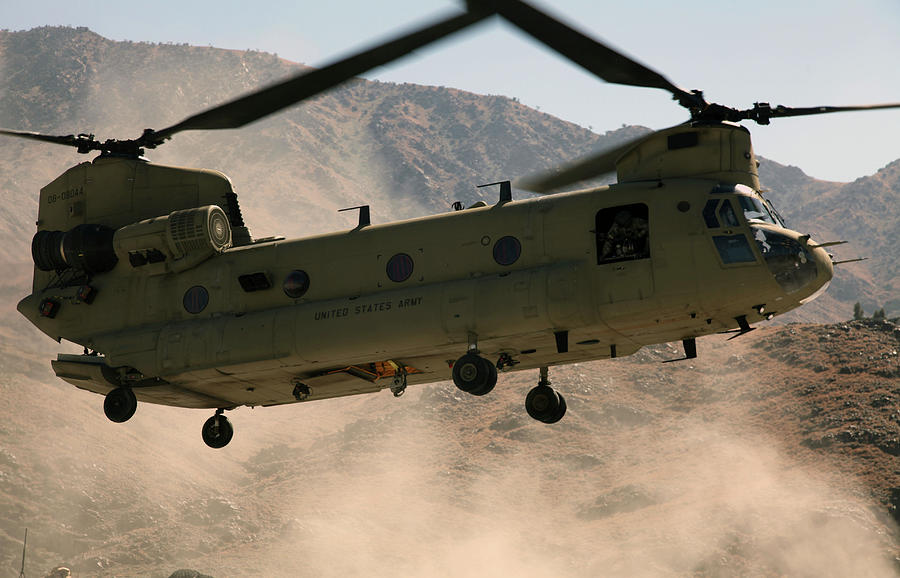
During the Vietnam War, the US military used most advanced weapons, including rifles, shotguns, mortars, anti-tank weapons, anti-aircraft weapons, chemical weapons, armored vehicles, self-propelled artilleries, fighters, bombers, etc. Among them, Chinook CH-47 was an effective helicopter for transporting goods, troops as well as heavy weapons on the Vietnam battlefield, which had a limited road transport system at that time.
Watch video: CH-47 Chinook: Witness the Beast in Action!
CH-47 Chinook Background
The “Sky Monster” CH-47 is an American twin-engined, tandem rotor, heavy-lift helicopter, first introduced by American rotorcraft company Vertol in 1962, and manufactured by Boeing Vertol, later known as Boeing Rotorcraft Systems. Although initially in the late 1950s, the US Army was interested in a design called Vertol 107, which later became CH-46. But eventually they chose a much larger project, a heavier transport helicopter with a designation Vertol 114. The Vertol 114 was essentially an extended derivative of V-107. It was originally designated as YCH-1B, but after its introduction in 1962 it was redesignated to CH-47. Its name, Chinook, is derived from the name of a Native American tribe of modern-day Washington state.
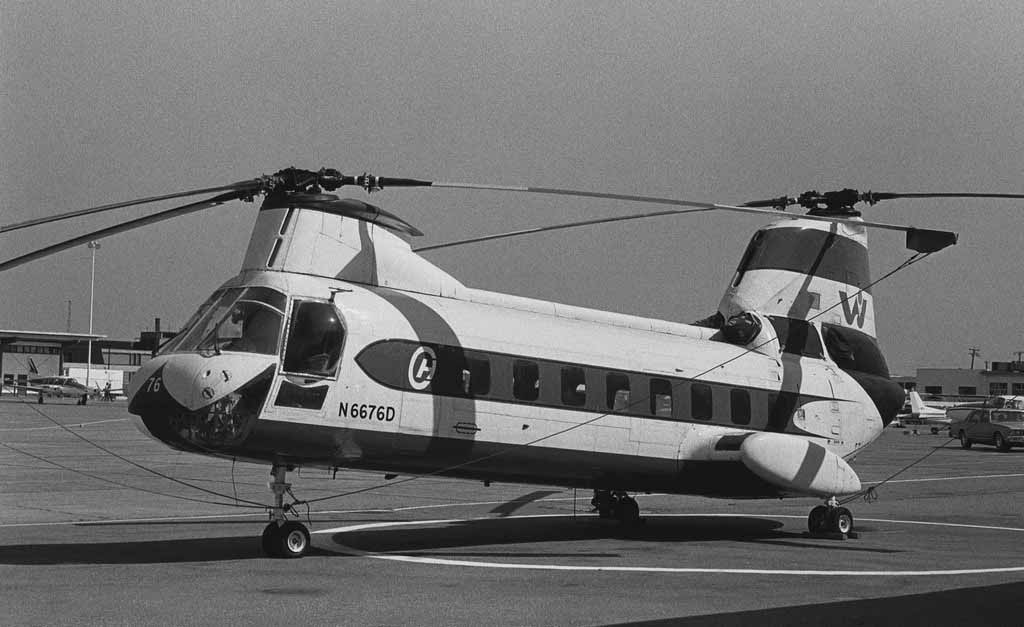
CH-47 Chinook design
The CH-47 is among the heaviest lifting Western helicopters. Chinook has an empty weight of 11.15 tons (24,578 lb) and a maximum takeoff weight of up to 22.68 tons (50,000 lb). The Boeing’s helicopter is 30m long (98 ft), 3.78m wide (12 ft 5 in) and 5.77m high (18 ft 11 in).
When completed, the Chinook has a distinctive design with its twin main rotor. Two Lycoming T55 turboshaft engines are mounted on each side of the helicopter’s rear pylon, and connected to the rotor by drive shafts. The original models were only equipped with engines with a capacity of 2,200 horsepower each. In the latest generation CH-47F, equipped with 4,733 horsepower engines each. The counter-rotating rotors eliminate the need for an antitorque vertical rotor, allowing all power to be used for lift and thrust. The ability to adjust lift in either rotor makes it less sensitive to changes in the center of gravity, important for the cargo lifting and dropping. If one engine fails, the other can drive both rotors. The elimination of a tail rotor also reduces the risk for ground personnel when the helicopter takes off and lands. The cockpit is located just behind the short nose.
Two pilots sitting in the glass cockpit have great views forward and sides. Right behind the cockpit is a rectangular fuselage, including multiple doors to access. At the rear is a large electric door, when lowered it forms a ramp to load the military goods and equipments into the cargo cabin. The undercarriage is a fixed four landing gear system, two double-wheels on the front, the two other are a single wheel. There are total of three external ventral cargo hooks to carry underslung loads.
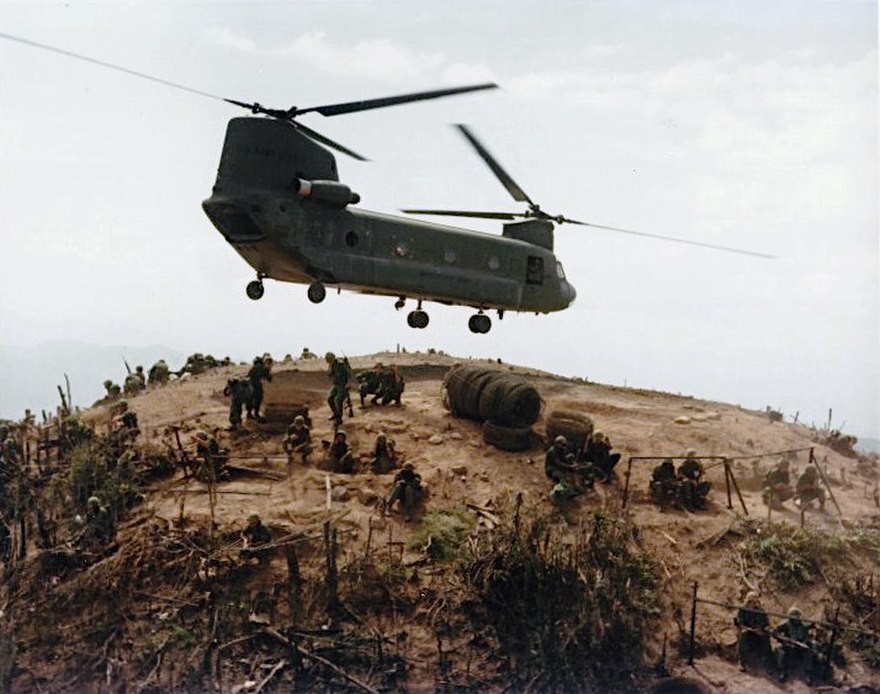
CH-47 Chinook Performance
At its launch in 1962, the CH-47 Chinook was considered the fastest traditional helicopter in the world, and to date, it is still one of the fastest helicopters in the US Inventory. It is capable of reaching a top speed of 310 km/h (200 mph), cruise speed of about 300 km/h (180 mph), operating range of 740 km (460 mi), combat range of 370 km (230 mi), service ceiling of 6,100 m (20,000 ft) and rate of climb of 7.73 meters per second.
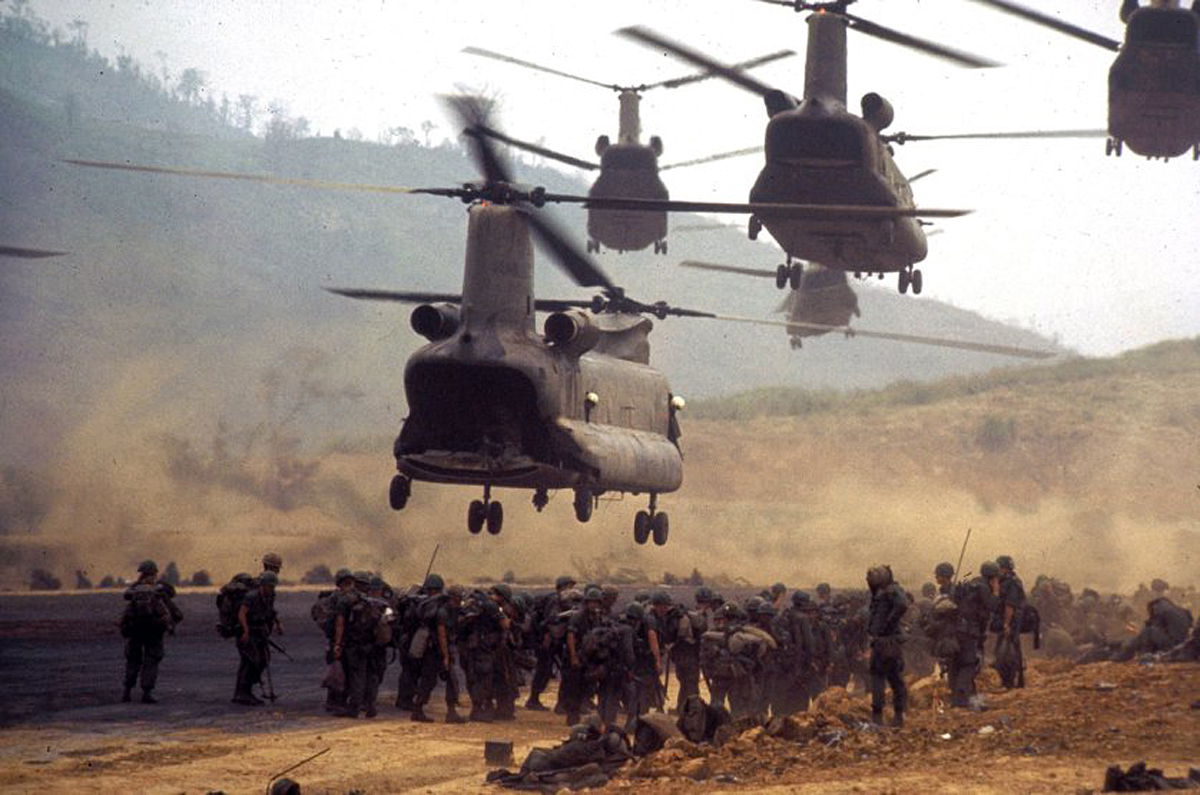
CH-47 Chinook Operational History
By February 1966, 161 Chinooks were handed over to the US Army. In 1965, the US 1st Cavalry Division was sent to Vietnam. The Americans carried a battalion of Chinook helicopter to transport troops, artillery, armored vehicles and other military equipment to the battlefield.
In Vietnam battlefield, CH-47 was usually equipped with two 7.62 mm M134 Minigun rotary machine guns and a 7.62 mm M60 machine gun in each of the forward doors. Chinook helicopters can carry a maximum of 33 to 55 soldiers, 24 medical litters, or cargo with a maximum weight of 10.8 tons. The unique feature of this helicopter is the ability to drop cargo and troops easily without landing. One of the important missions of CH-47 was to transport artillery to the peaks, and ensure the supply and ammunition for these guns. In addition, CH-47 was also used as an aerial rescue vehicle. It can tow two UH-1 helicopter. During the Vietnam War, culminating in 1969, 22 Chinook units were in operation with a total of 750 aircraft were put into use by the United States of which about 200 were permanently laid back.
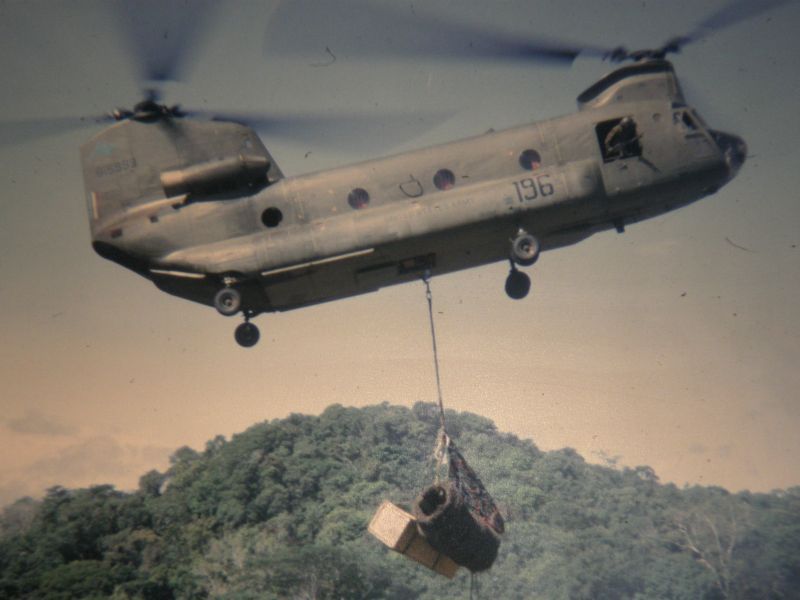
Since then, Chinook has served the United States Army as well as many other countries around the globe for more than 50 years. CH-47 Chinook helicopters have proven to be an effective workhorse for moving troops and cargo to anywhere required. From the hot, skanky jungles of Vietnam to Afghanistan’s frigid, rugged mountain tops, both day and night, in all types of weather. A total of more than 1,200 Chinooks have been produced at an estimated cost of $ 38.55 million each.
CH-47 Chinook Development potential
Improved and more powerful versions of the Chinook have also been developed since its introduction; one of the most substantial variants to be produced was the CH-47D, which first entered service in 1982. Improvements from the CH-47C standard included upgraded engines, composite rotor blades, a redesigned cockpit to reduce workload, improved and redundant electrical systems and avionics, and the adoption of an advanced flight control system.
The CH-47F is the latest version. Existing CH-47D helicopters can be upgraded to this standard, or these can be newly produced. The CH-47F is used by the US Army and has been exported to some countries.
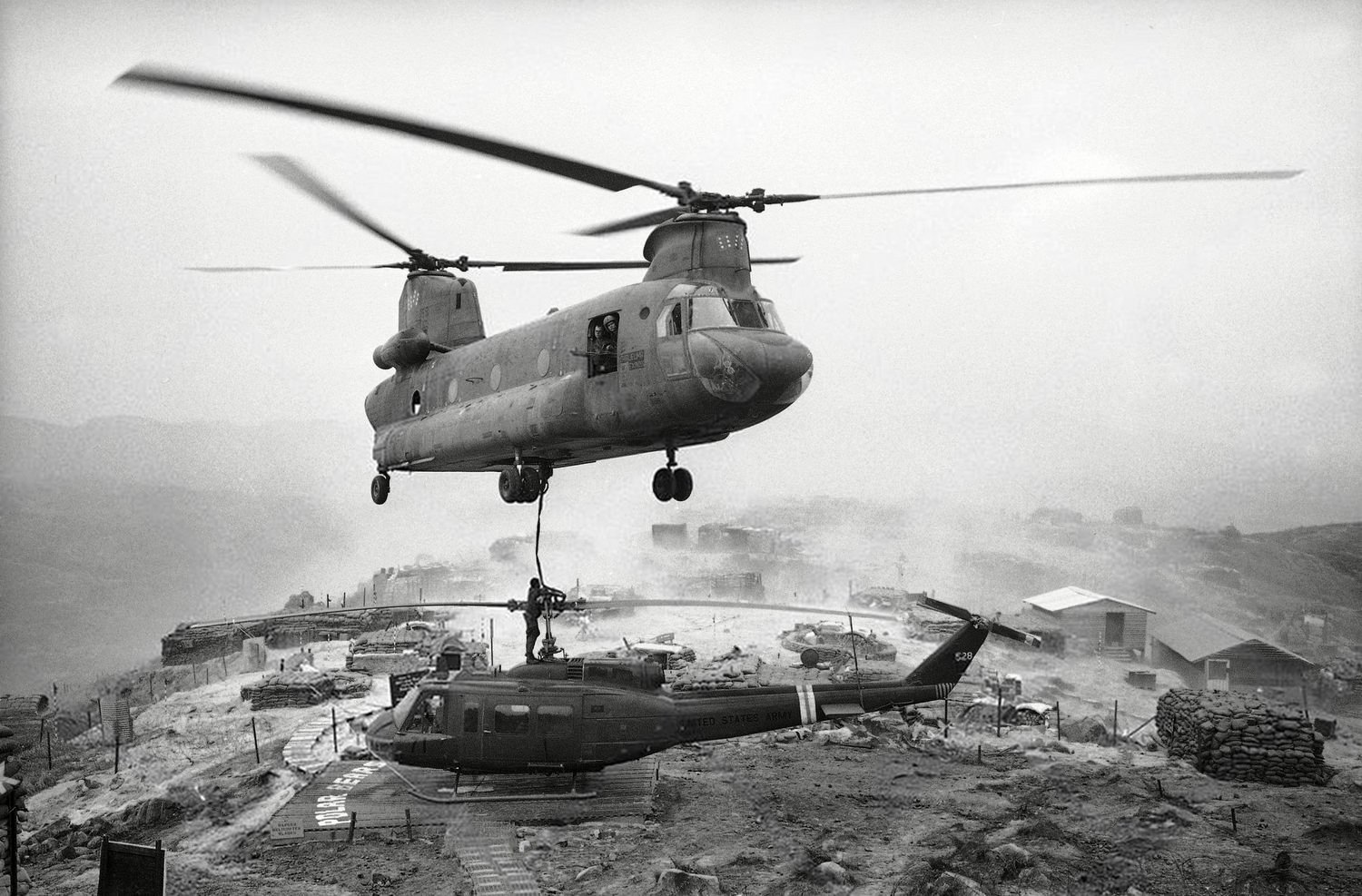
Although the CH-47F is still in production, Boeing continues to look for future improvements. As planned, from 2020 to 2025, the helicopters will be equipped with more powerful engines, enhanced airframe and capable of carrying more payloads. The expected future versions are called CH-47G and CH-47H. As such, the US Army workhorses will continue to operate until 2060 or beyond.
Source: military-wiki.com

